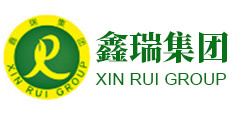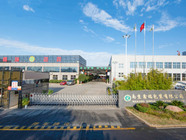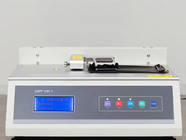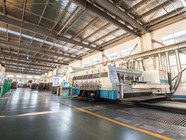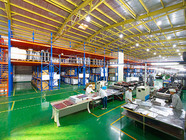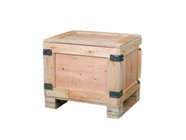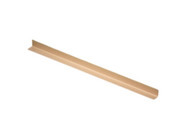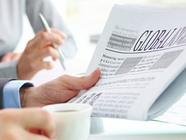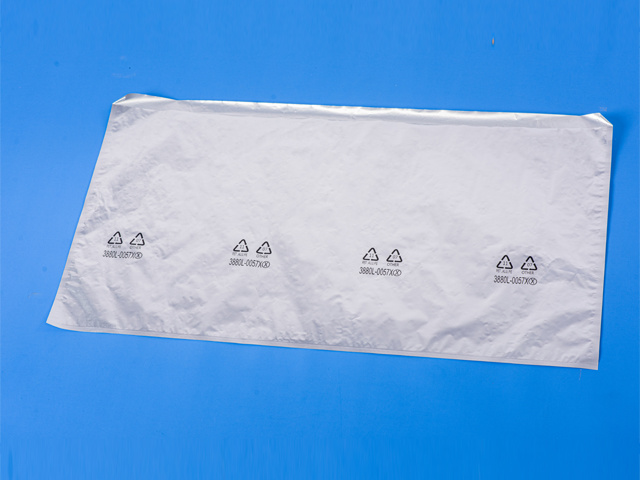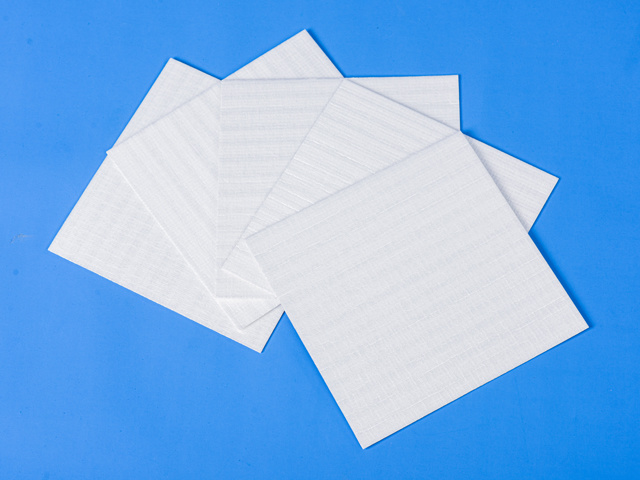Picture and Text Details
Published time:
2025-06-12
Source:
In the study of packaging production technology, paper boxes are a common packaging material. There are many ways to classify them; in summary, they can be divided into the following categories:
① From the processing method of the paper box, there are handmade paper boxes and machine-made paper boxes.
② According to the basis weight of the paper used, there are thin board paper boxes, thick board paper boxes, and corrugated paper boxes.
② If classified by the box-making materials, there are flat cardboard boxes, corrugated cardboard boxes, and composite paper boxes made of paperboard/plastic or paperboard/plastic/aluminum foil.
③ From the structure of the paper box, there are two main categories: folding paper boxes and fixed paper boxes.
Below, we mainly introduce folding paper boxes and fixed paper boxes according to the classification of paper box structures.
(1) Folding paper boxes.
What are folding paper boxes? Folding paper boxes refer to paper boxes that are formed by cutting and creasing relatively thin cardboard, then folding and assembling them.
Folding paper boxes are currently the more commonly used paper boxes in mechanical packaging. The thickness of their cardboard is generally around 1 mm.
In terms of materials, the cardboard used to produce folding paper boxes generally includes white cardboard, coated cardboard, double-sided color cardboard, and other coated cardboard suitable for folding cartons.
In recent years, corrugated cardboard with denser flutes and lower flute heights (D or E type) has also begun to be used.
Folding paper boxes have their own characteristics:
① Diverse structural styles. Folding paper boxes can undergo various novel treatments such as inner partitions, extending lids, curved creasing, window openings, and display designs, giving them excellent display effects.
② Lower storage and transportation costs. Because folding paper boxes can be folded flat, they occupy less space during transportation, so both transportation and storage costs are lower.
Commonly used folding paper box types include snap-lid, glued, handle, and window types.
(2) Fixed paper boxes.
In contrast to folding paper boxes are fixed paper boxes, also known as glued paper boxes. They are complete paper boxes made by laminating cardboard with surface materials.
Generally speaking, fixed paper boxes do not change their inherent shape and size during storage and transportation, so their strength and rigidity are higher than those of ordinary folding paper boxes.
Although fixed paper boxes have good structural rigidity and are convenient for shelf display, they are not easy to manufacture and occupy more space; their
own costs and storage and transportation costs are higher.
Common fixed paper boxes include snap-lid, cylindrical-lid, hinged-lid, drawer, and window types.
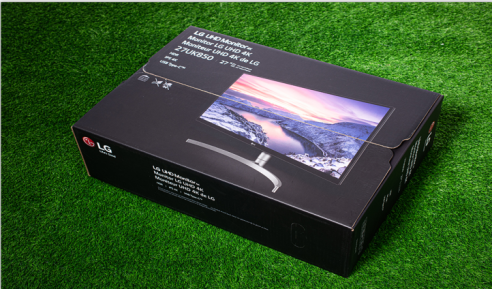
Product Recommendation
